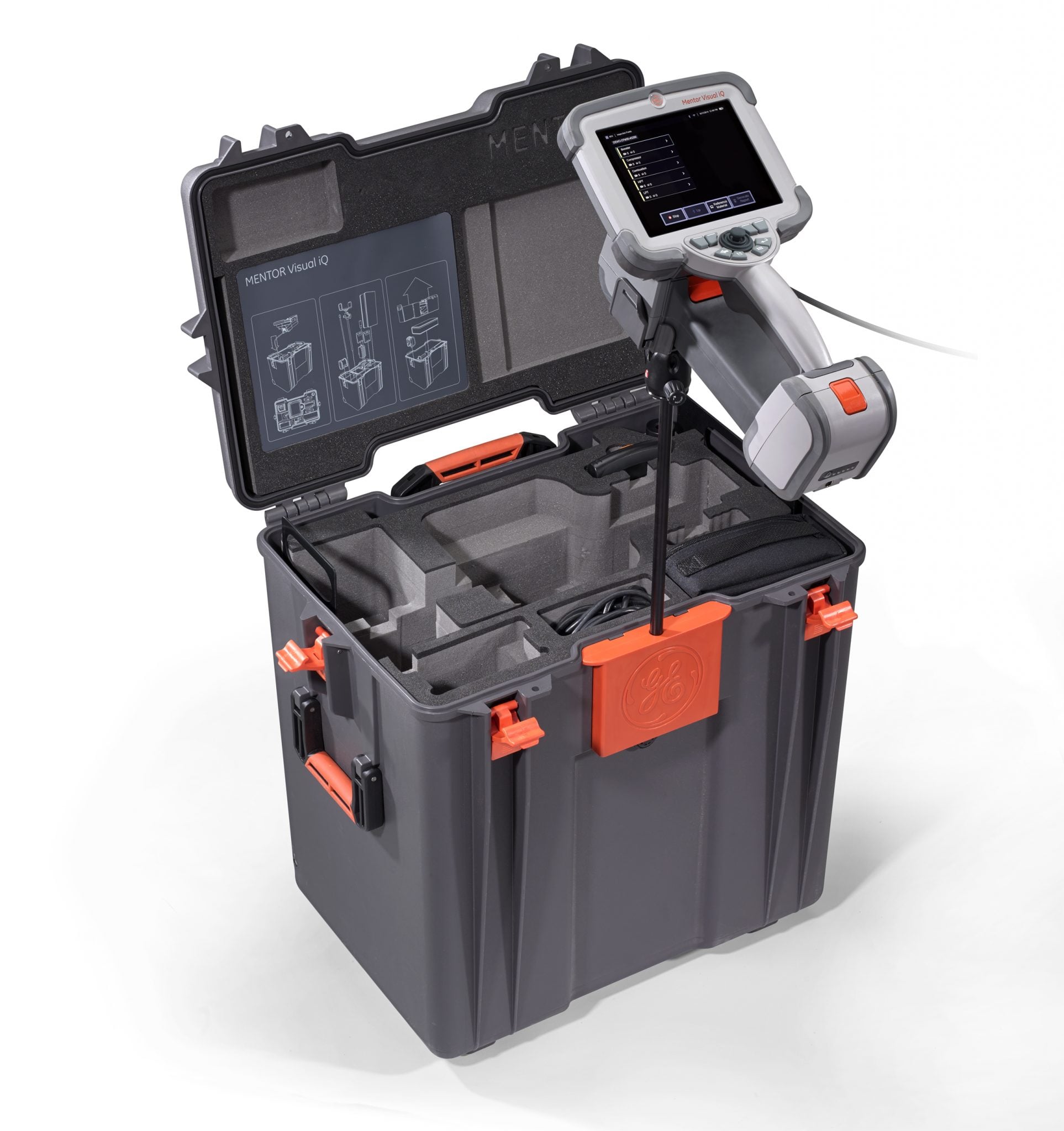What Are The Biggest Challenges When It Comes To RVI?

Broadly speaking, remote visual inspection (RVI) enables visual examination and inspection of hard-to-access areas, providing vital visual data which is then used to make decisions about the asset’s health, efficiency, safety and operability. It enables inspection of internal components without the costly, time-consuming and inefficient manual disassembly of machinery or processes to check for defects or to locate problems.
Recent advances in RVI techniques have resulted in major improvements in measurement capabilities, ease of use and imaging quality, enabling the scope of applications to be widened enormously. These advanced instruments such as video borescopes and fibrescopes enable enhanced illumination, real-time viewing, manipulation, measurement, recording and data sharing in a much greater range of inspection areas including aircraft fuselages, gas turbines, subsea pipelines and narrow, winding piping with diameters as small as 4mm.
That said however, RVI remains an extremely demanding field with many applications being in hostile or hazardous environments and inspectors face a number of ongoing challenges.
Let’s take a look at some of the biggest challenges in RVI today.
Consistency and reliability of measurement
Reliable and repeatable results are crucial. Industries can’t afford to make mistakes or overlook defects when examining plant or equipment as this could have extremely damaging consequences – so the challenge of ensuring that the measurement data that is collected is consistent and reliable is an ongoing focus for industry and for those involved in the development of new RVI technologies and techniques.
Operator expertise
The role of the operator or technician is a crucial one. They need to be highly trained with an in-depth knowledge and understanding of the technology and instrument that they’re working with, because any human error could be very costly. Some equipment suppliers offer full support training, so it can be advantageous to investigate what value-added services are available before making a commitment.
Cost of equipment
Huge strides have been made in the development of highly advanced, specialised RVI equipment and technology – and some organisations may feel that these state-of-the-art instruments are out of their reach in terms of cost. However, that shouldn’t be the case as there are equipment suppliers who carry all the latest products and who offer a range of flexible financing options for their products including short term rentals, long term leasing and rent to own.
Hazardous, inaccessible or dangerous applications
There will always be challenging applications which require RVI – whether it is inaccessible, small diameter piping, potentially explosive environments, corroded or rough surfaces and underwater locations and the industry is continually developing new technologies and equipment designs which facilitate efficient operation even in hostile environments.
Accurate location of trouble-spots
During a remote visual inspection, it can be tricky to identify the exact area and direction that is displayed on the visual image. However, technology has been developed which uses a gravity sensor to clearly differentiates ‘up’ from ‘down’ on the on-screen image and which uses length indicators to pinpoint the exact inspection location.
Equipment manufacturers are continually refining their products and developing new technologies to meet the ongoing challenges of remote visual inspection – and keeping up with all the latest developments can be a challenge in itself. It’s always worth dealing with the experts when it comes to this vitally important function as we will not only recommend the right equipment for your particular job, we will also provide comprehensive training and support.
